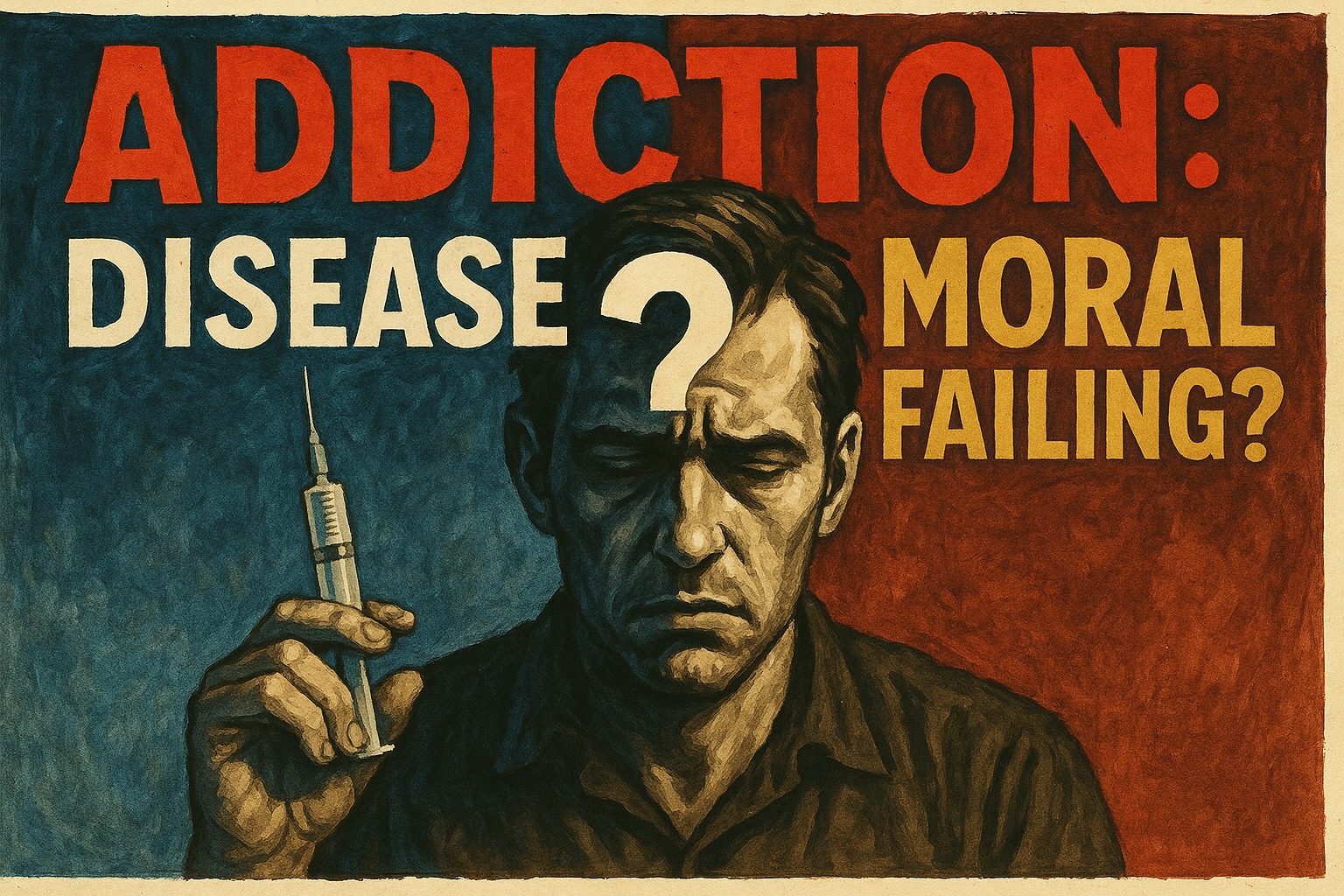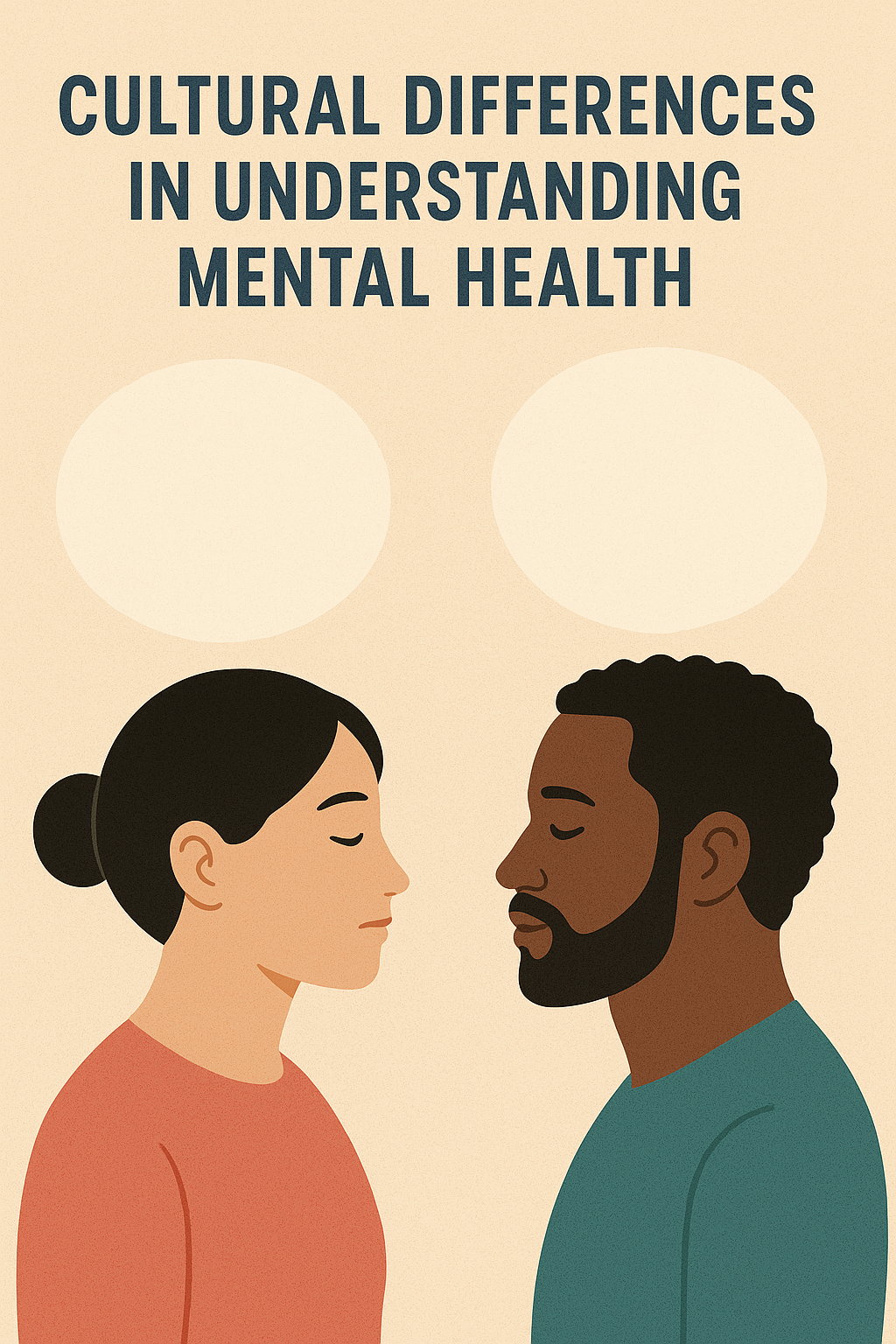Substance abuse has quietly become one of the most pressing public health issues in today’s fast-paced and often overwhelming world. What might begin as casual or experimental use can spiral into a chronic and life-altering disorder. Beyond the social and legal consequences, substance abuse takes a profound toll on both physical and mental health, often in ways that aren’t immediately visible.
Understanding Substance Abuse.
Substance abuse refers to the harmful or hazardous use of psychoactive substances, including alcohol, prescription medications, and illicit drugs. Over time, this misuse can lead to addiction, a condition characterized by the compulsive use of substances despite harmful consequences. Let's break down the dual impact this abuse can have on a person's health.
Physical Health: The Body Bears The Brunt.
Repeated substance use affects nearly every organ in the body. Different drugs produce different side effects, but the damage tends to follow similar patterns:
- Organ Damage.
- Liver: Alcohol and certain prescription drugs can cause liver inflammation, fatty liver disease, and cirrhosis.
- Lungs: Smoking substances like tobacco, crack cocaine, or methamphetamine can damage lung tissue and lead to chronic respiratory issues.
- Heart: Stimulants such as cocaine and meth increase heart rate and blood pressure, raising the risk of heart attacks and strokes.
- Kidneys: Many drugs are metabolized through the kidneys, which can lead to an increased risk of kidney failure.
2. Weakened Immune System.
Substance abuse compromises the body’s ability to fight off infections. People who misuse drugs or alcohol are more prone to illnesses, and recovery takes longer.
3. Sexual and Reproductive Health.
Drugs can affect hormone levels, reduce fertility, and increase the risk of sexually transmitted infections due to risky behavior.
4. Neurological Health.
Long-term use of substances can result in brain damage, seizures, memory loss, and impaired coordination.
Mental Health: The Silent Struggle.
While physical symptoms may be visible, the mental health effects of substance abuse are often harder to detect yet just as damaging.
- Depression and Anxiety.
Many people turn to substances to cope with anxiety, trauma, or sadness. Ironically, these substances often worsen the underlying mental health condition, creating a vicious cycle of dependency.
2. Paranoia and Psychosis.
Some drugs, like methamphetamine or hallucinogens, can lead to episodes of paranoia, hallucinations, and full-blown psychosis, even after the drug is out of the system.
3. Cognitive Decline.
Long-term use can impair memory, attention span, and decision-making skills. This can make it harder for individuals to hold jobs, maintain relationships, or even complete basic tasks.
4. Co-occurring Disorders.
Substance use often coexists with mental health disorders like PTSD, bipolar disorder, or schizophrenia, a phenomenon known as dual diagnosis. Treating both simultaneously is crucial, but it is also a complex process.
Breaking the Stigma and Seeking Help.
One of the greatest barriers to recovery is the stigma surrounding addiction. Substance abuse is not a sign of moral failure; it’s a medical condition that requires compassion and treatment.
Final Thoughts.
The impact of substance abuse reaches far beyond the initial high, affecting nearly every aspect of a person’s life and well-being. Recognizing the signs, understanding the risks, and encouraging open dialogue are essential steps in combating the crisis.
Whether you or someone you know is struggling, remember this: recovery is possible, and help is always within reach.




